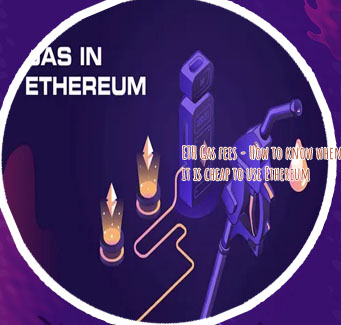

- Bitcoinsv price
- Coinbase cryptocurrency prices
- Will dogecoin be on coinbase
- Moon currency
- What the hell is bitcoin
- Eth max price
- How to withdraw money from cryptocom
- Cryptocoin com coin
- How to transfer crypto from binance to binance us
- How does bit coin work
- Btc live price
- Cryptocom verification process
- Current ether price
- Will btc go back up
- What is cryptocurrency mining
- Cryptos
- Public companies that own bitcoin
- Bitcoin cryptocurrency
- How to use cryptocom
- Coindesk bitcoin price
- Crypto chimpz nft
- 1 btc in usd
- Metahero crypto price
- Selling crypto
- Crypto exchange
- Current eth gas price
- Safebtc coin
- How much is dogecoin
- Cryptocom transfer to wallet
- Cryptocom desktop
- Cryptocom fees
- Bitcoin price drop today
- Transfer bnb from crypto com to trust wallet
- Where to buy crypto
- Strong crypto
- Create cryptocurrency
- Crypto down
- The crypto
- Cryptocurrency app
- When will all btc be mined
- Crypto market live
- Buy bitcoin with credit card instantly
- Nano crypto price
- How much is bitcoin today
- Bitcoin hits new alltime high 65k
- Cryptocurrency prices
- Dogecoin to a dollar
- Crypto credit
- Cryptocom affiliate program
- Cryptocurrency bitcoin price
Eth gas now
Average Ethereum Transaction costs
Gas now eth
Learn about the 2014 crowdsale, the initial distribution of ether (ETH), and why it's important. How gas fees changed with EIP 1559 Well, gas is a unit that measures the use of computational power in the Ethereum network. That is, how much effort computers processing a certain operation will need to put in to successfully execute the operation. Operations in Ethereum are, for example, sending Ether to another address, publishing a contract, calling a function on a contract, among others. When these happen, miners process that information in the EVM (Ethereum Virtual Machine) to reach the proper outcomes, such as executing a function and returning the right data or sending the ETH to the right address. In doing this, these miners are using their computational power, and the more complex a transaction is, the more power it will consume, hence using more gas.

Rarible Gas Fees
Ethereum fee tracker
Ctx.GasMeter() is the main gas meter of the application. The main gas meter is initialized in BeginBlock via setDeliverState, and then tracks gas consumption during execution sequences that lead to state-transitions, i.e. those originally triggered by BeginBlock, DeliverTx and EndBlock. At the beginning of each DeliverTx, the main gas meter must be set to 0 in the AnteHandler, so that it can track gas consumption per-transaction. The Gas Station Network That's another no. Ethereum's notorious gas fees are unlikely to fall straight after the Merge completes. It won't be until Ethereum 2.0 implements blockchain sharding that users see a reduction in on-chain gas fees.